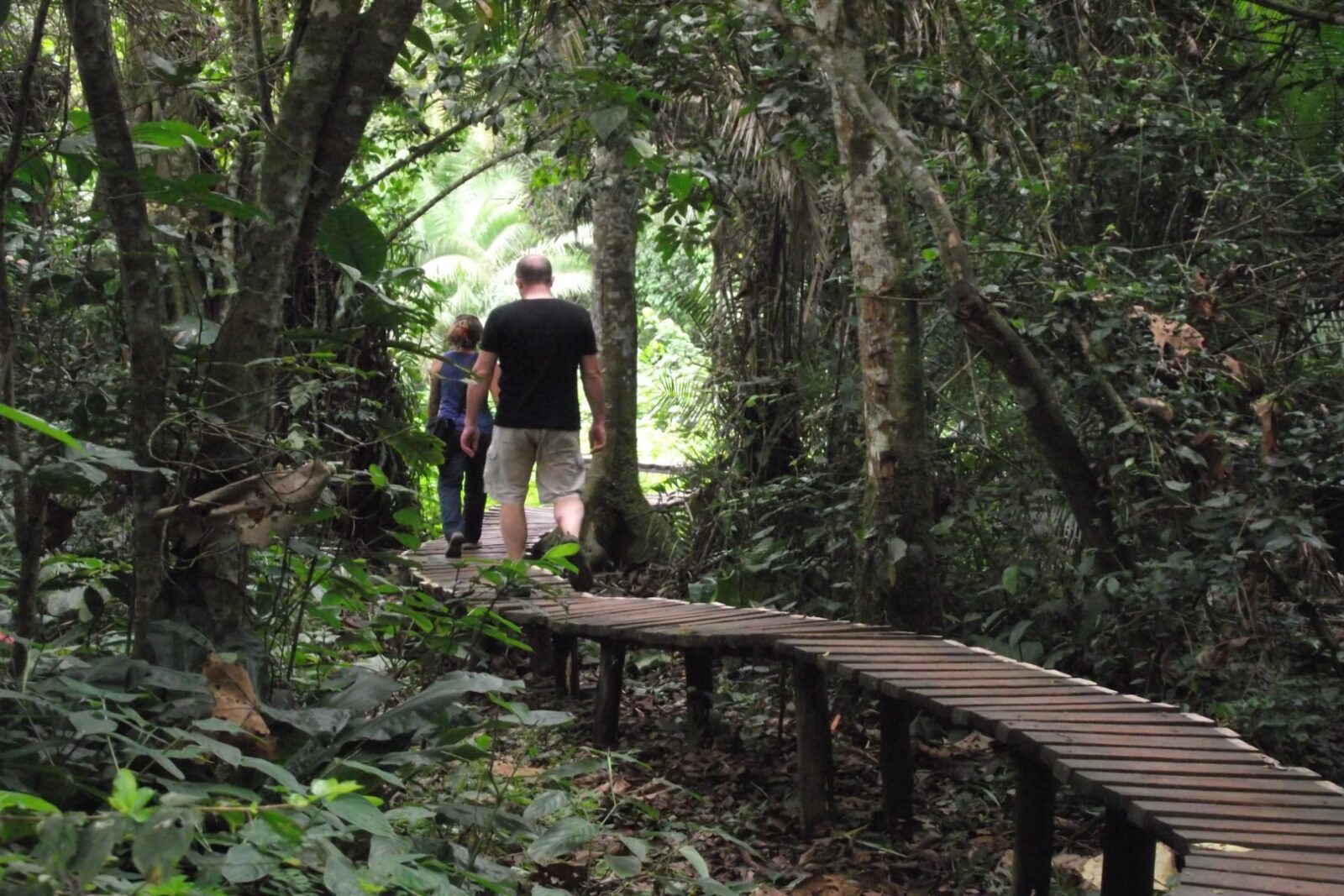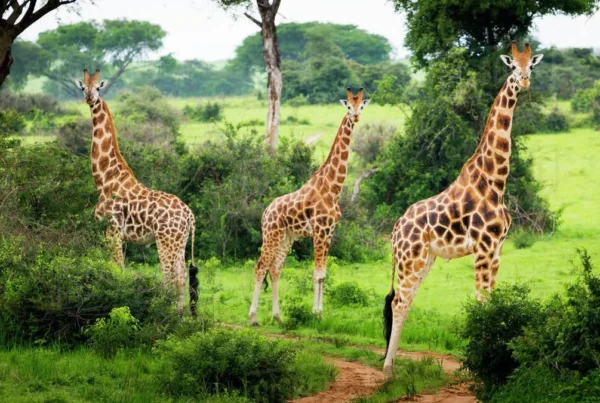Best Time to Visit for Game Drive in Kibale National Park for Avid Hikers
The Call of Kibale’s Wilderness
The heart of Uganda beats strongest in its wilderness, and nowhere is this more evident than in Kibale National Park, a lush haven renowned for its primate population, vibrant birdlife, and breathtaking landscapes. For the avid hiker and passionate safari-goer, Kibale is more than just a park; it is an immersive journey into one of Africa’s most treasured ecosystems. While chimpanzee tracking has long been the park’s signature activity, its enchanting game drives and forest trails offer remarkable opportunities to experience both wildlife encounters and the tranquility of untouched nature. Yet, like any destination that depends heavily on seasonal rhythms, the timing of a visit is a decisive factor that shapes the entire experience. Understanding the best time to embark on a game drive and hiking adventure in Kibale National Park is therefore crucial for travelers eager to maximize every moment of their expedition.
The Climate and Seasonal Rhythms of Kibale
The climatic rhythm of Kibale National Park mirrors that of most equatorial forests, defined not by dramatic temperature swings but by alternating wet and dry seasons. Nestled in western Uganda, near Fort Portal, the park experiences warm daytime temperatures ranging between 24 to 30 degrees Celsius, with cooler evenings that dip to around 14 to 18 degrees Celsius. This pleasant climate makes hiking feasible almost year-round, but the degree of comfort, accessibility of trails, and density of wildlife sightings vary greatly with the rains.
The dry seasons, stretching from December to February and again from June to September, are often considered the most favorable periods for hiking and game drives. The forest floor remains relatively firm, the trails are less slippery, and the tall grasses that sometimes obscure wildlife thin out, making animal sightings more frequent. Conversely, the wet seasons, occurring from March to May and from late September to November, drench the park with heavy rains that breathe life into its lush vegetation but also complicate the logistics of exploration. While this time may pose challenges for trekkers, it reveals a different kind of charm in Kibale, with verdant growth, blooming flowers, and increased bird activity.
Hiking in the Dry Season, A Time of Ease and Discovery
For hikers seeking ease and safety on the trails, the dry season is often regarded as the golden window. The footpaths meandering through Kibale’s forests remain more navigable, allowing for long hours of exploration without the constant risk of slipping in mud. The sunlight filtering through the canopies illuminates the forest floor, creating a spectacular play of shadows and light that heightens the immersive experience. Game drives conducted during these months are often rewarded with increased wildlife visibility, as animals such as forest elephants, buffalos, and bushbucks emerge more openly in search of waterholes that remain accessible.
The dry months are also ideal for avid hikers who intend to extend their treks beyond the usual chimpanzee tracking trails. The Kibale crater lakes region, with its rolling hills and scenic volcanic formations, can be explored more thoroughly in this season. Long treks across this landscape become less exhausting when not compounded by the humidity and challenges of wet, sticky mud. The presence of primates, particularly red colobus monkeys, grey-cheeked mangabeys, and black-and-white colobus, is heightened by their greater activity in the warmth of clear mornings.
The Wet Season, A Wilderness in Full Bloom
While many travelers instinctively shy away from wet-season travel, Kibale offers a unique invitation for those who wish to experience the forest in its most intimate and authentic state. The rains breathe vigor into the park’s vegetation, turning the forest into an emerald sanctuary of thick foliage and cascading streams. Hikers who brave this season encounter a setting that is raw and deeply enchanting, albeit more physically demanding. The trails become slick, requiring careful navigation, and game drives may demand greater patience due to animals retreating into the thick undergrowth.
Yet for the passionate hiker, this challenge is matched by rare rewards. The wet season marks the arrival of migratory birds, making it an excellent period for ornithologists and photography enthusiasts. The vibrant plumage of species like the African pitta and great blue turaco adds color to the misty green backdrop. Furthermore, primates remain highly active, and the chimps—though sometimes elusive—can still be tracked with the guidance of skilled rangers. For those who seek a deeper connection with nature, the solitude offered by fewer tourists in the wet season creates a more personal and meditative hiking experience.
Balancing Wildlife Sightings with Hiking Comfort
Choosing the best time to visit Kibale National Park ultimately depends on whether the visitor values comfort in hiking conditions or the richness of seasonal biodiversity. The dry season guarantees better conditions for long hikes and more accessible game drives, ensuring less fatigue and greater safety. The wet season, though more demanding, reveals an intensity of ecological beauty unmatched by any other time, with flourishing vegetation, abundant birdlife, and a sense of exclusivity.
For hikers who are avid explorers of both wildlife and landscapes, the June to September period is often regarded as the optimal balance, offering a compromise between accessibility and abundance of sightings. This time coincides with Uganda’s broader tourism peak, ensuring that accommodations and safari services are fully operational. However, those who seek solitude, unhurried exploration, and a chance to witness the forest’s renewal may find the months of April and November unexpectedly rewarding, despite the challenges presented by rains.
The Role of Game Drives in a Hiker’s Journey
Although Kibale is most celebrated for its primate encounters on foot, game drives play a complementary role in completing the hiker’s journey. The savanna-forest mosaic on the park’s fringes provides a landscape where terrestrial animals thrive. Buffaloes, duikers, and occasionally elephants can be sighted, while the birdlife along swampy stretches enhances the diversity of the experience. When conducted in the dry season, these drives unfold seamlessly, as the roads remain firm and traversable. In the wet months, they transform into more unpredictable adventures, often requiring skilled guiding and a flexible schedule.
For hikers who wish to combine strenuous forest treks with more relaxed wildlife viewing, game drives act as a counterbalance, allowing time for recovery while still immersing in the park’s rich biodiversity. Understanding the best time to engage in these drives is therefore as essential as planning for the hikes themselves, and aligning them with seasonal conditions ensures that no aspect of Kibale’s beauty is missed.
A Timeless Call to the Wild
Kibale National Park is a place where the rhythm of nature dictates the traveler’s journey, and the decision of when to visit shapes every memory created along its trails. For avid hikers, the dry season presents the most reliable and comfortable conditions, while the wet season offers unmatched vibrancy and solitude. Both periods hold unique treasures, and the choice between them lies in the balance between physical comfort and the desire for raw, untamed encounters with nature.
Whichever season is chosen, one truth remains constant: Kibale’s forest is alive with secrets waiting to be discovered. The whispering canopies, the calls of primates echoing through the trees, and the thrill of a game drive through its mosaic landscapes form a tapestry of experiences that linger long after the journey ends.
For travelers ready to embark on this unforgettable adventure, the expertise of a trusted safari operator ensures that every detail is seamlessly arranged. Booking your African tours and safaris through WildHorn Africa guarantees not only professional guidance but also the opportunity to experience Kibale National Park at its fullest, in whichever season you choose to heed the forest’s timeless call.




 WildHorn Africa – Authentic and unforgettable tours across Africa, guided by local experts who know the land, wildlife, and culture best.
WildHorn Africa – Authentic and unforgettable tours across Africa, guided by local experts who know the land, wildlife, and culture best.


